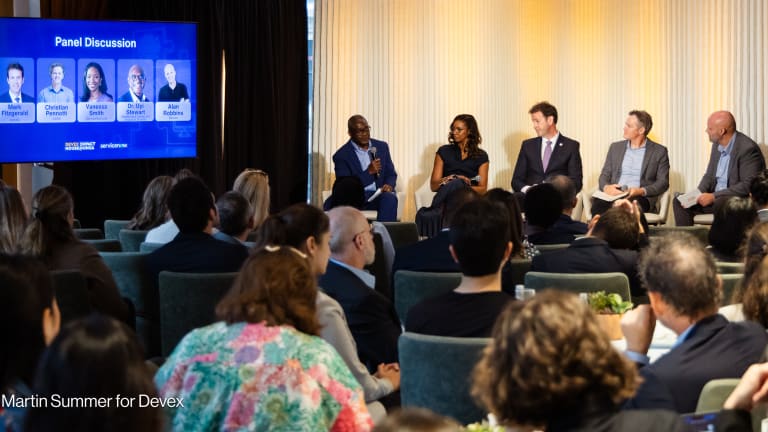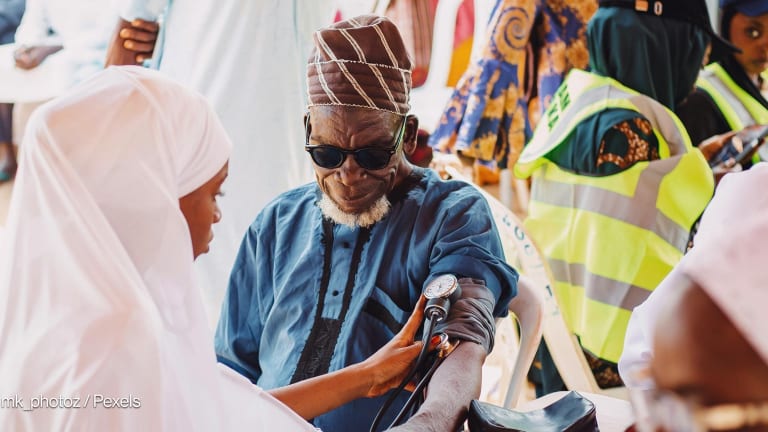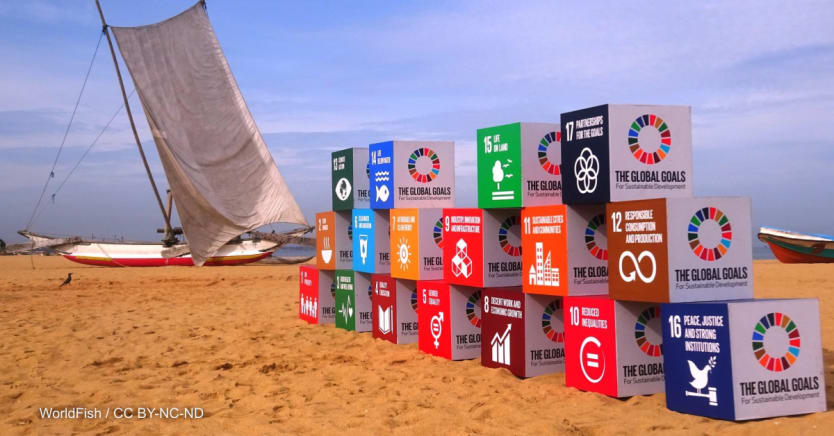
To achieve the Sustainable Development Goals, we need to close a financing gap estimated to be over $4 trillion per year. It’s a staggering figure. But if we’re to make real progress on the 2030 Agenda, there may be another hidden gap that very few seem to be talking about: the SDG talent gap. By focusing on the role talent needs to play in SDG success, can we punch above our financial weight during this “Decade of Action”?
A talent gap occurs when there’s a lack of skilled professionals available to achieve a given set of objectives. To gain a sense of where the global development sector stands on the issue, we've started by asking 50 members of the Devex community. Four out of 5 believe there's an SDG talent gap, and 71% said they have a talent gap at their own organization. A majority see expanding the talent pool it recruits from as important to its recruitment success. In other words, if we’re going to achieve the SDGs, organizations need more people to choose from to find professionals with the right skills.
Sub-Saharan Africa was identified by 41% of respondents as the region where their organization’s SDG-related work occurs and presents the most difficult recruitment challenge. When asked to identify their greatest recruitment challenge by SDG, the top three answers were Goal 5: Gender equality at 16%, Goal 3: Good health and well-being at 16%, and Goal 16: Peace, justice, and strong institutions at 12%.
In our survey, 67% agreed that development is on the front lines of efforts to achieve the SDGs. An overwhelming 100% agreed that their work in global development is advancing those efforts — and that if they are to achieve the SDGs, they need the talent to do it.
Survey: Is there an SDG talent gap?
Is there a gap and an opportunity to bridge it, and can the global development community lead the way? Let us know what you think.
This initial survey provides a snapshot of our community’s thinking and helps bolster the fact that the development community has been working on many of the problems behind the 7-year-old SDGs for decades.
Development has a unique value chain that involves a range of groups across the public and private sectors — both global and increasingly local in low- and middle-income countries where many of the problems the SDGs set out to solve are most acute. This experience puts the development community in a strong position to lead transformational change.
So what can the development community do to bridge the SDG talent gap? When asked which path is most important to fill the gap in their organization, Devex community members were divided. Thirty-five percent chose coaching and mentoring, which is closely followed by training and development at 31% and hiring at 22%.
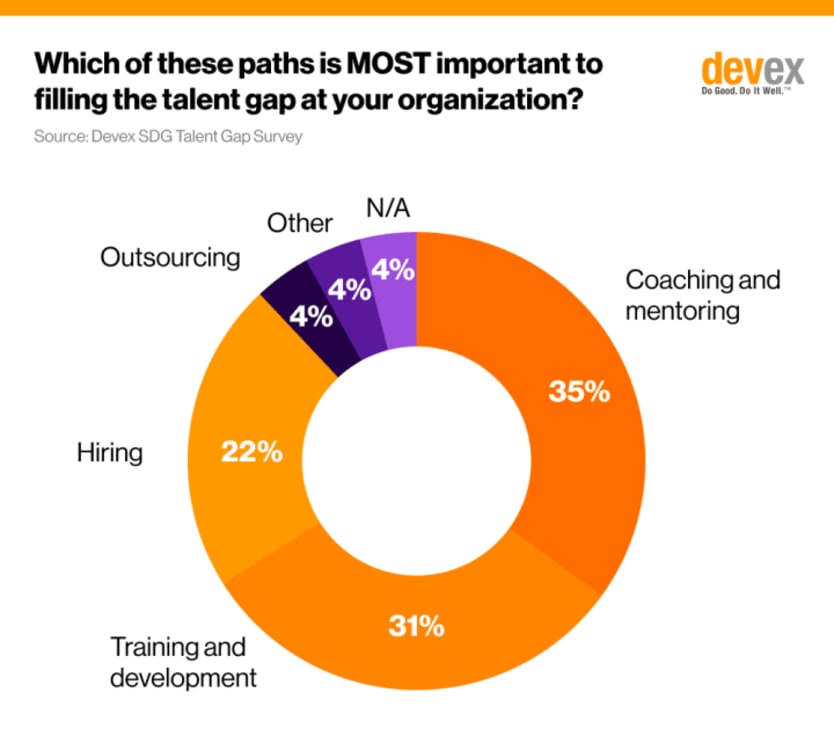
But a clear majority — 86% — cited expanding the size of the talent pool it recruits from as important to its recruitment success, and a few trends mentioned in the survey may create the opportunity to do just that.
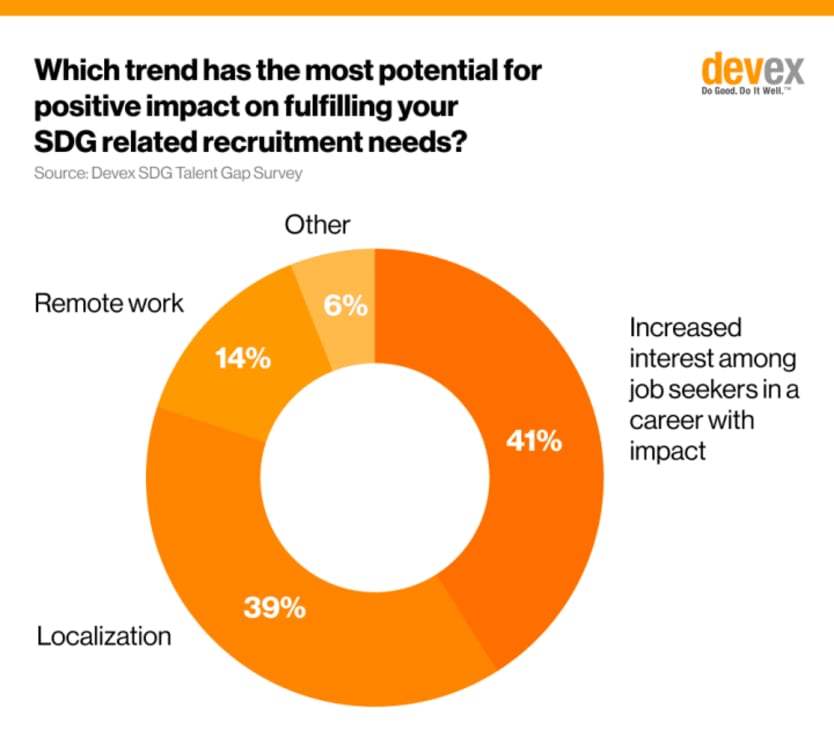
Demand for careers with impact
While COVID-19 has put the SDGs further out of reach in many ways, there may be a silver lining: The pandemic brings to the fore existential questions and now more of us want the work we do to have a meaningful impact on the world.
The average person will spend 90,000 hours of their life working. In a survey by McKinsey, 70% of U.S.-based employees said their sense of purpose is defined by their work. Another survey found that 3 out of 4 employees said they expect their employer, and business in general, to be a force for good in society. Where there is demand for talented people who want to be a part of something bigger — it doesn’t get much bigger than solving some of this planet’s greatest challenges — there is supply and lots of it.
There are over 78,000 organizations with profiles in the Devex organizations directory. Yet for the average job seeker, only a few, widely recognized organizations are likely to come to mind when considering a career in development. This is especially the case among those who are just beginning their professional lives or are looking to make a transition to the sector. But there’s an opportunity to go beyond the big names in development recruitment and connect the thousands of agencies, NGOs, philanthropies, and companies working to achieve the SDGs with the right people — the talent — who will not just do the work, but also care deeply about it.
“Since the pandemic, people are looking for something that’s bigger than themselves — but we already have that.”
— Catty Bennet Sattler, HR director, U.N. Refugee AgencyLocalization
Issues such as poverty, climate change, clean water, and sanitation disproportionately affect LMICs. Localization is not a new story in development. Even a clear definition of localization still eludes us. But shifting power dynamics mean more potential for local ownership of everything from advocacy to research to policy to programming. What more can the development community do to improve localization efforts that increase hiring at the local level?
Donors, here's how local NGOs want you to fund
Despite the promises, aid money still isn't making it into the hands of local NGOs. How could donors change their funding practices to deliver better results?
In a recent conversation at Devex World, Kennedy Odede, the founder and CEO at Shining Hope for Communities, or SHOFCO, said we need bigger ideas and more action that shifts power, resources, and decision-making to local leaders and communities at a transformational scale.
At age 10, Odede was living in the streets of Kenya. He eventually used the money he earned working at a factory for 10 cents an hour to start SHOFCO. “I grew up in Kibera slums and I can say the opportunity of putting those who have experience with the challenges in the position to solve them is game-changing,” he said.
“Instead of talking about 25% of resources … to local leaders, let’s talk about 80% or more. Let’s fundamentally change who is solving the most pressing problems.”
— Kennedy Odede, founder and CEO, Shining Hope for CommunitiesRemote work
The pandemic has also helped strengthen the shift to remote work. But compared to other trends mentioned in our survey, there was less agreement on remote work as positive for global development and the SDGs, with 29% suggesting otherwise.
“Our recruiting pool naturally has more diverse applicants than if we were tied to recruiting from only one geographical location.”
— Emily McLaughlin, HR director, Nuru InternationalPotential benefits of remote work include improved talent retention, more diversity, and even building local capacity. But does the remote work trend create a new “right job in the wrong place” problem for development, when a remote candidate is chosen instead of a local one who brings local experience to the role — experience not necessarily captured in the job description — and can improve outcomes?
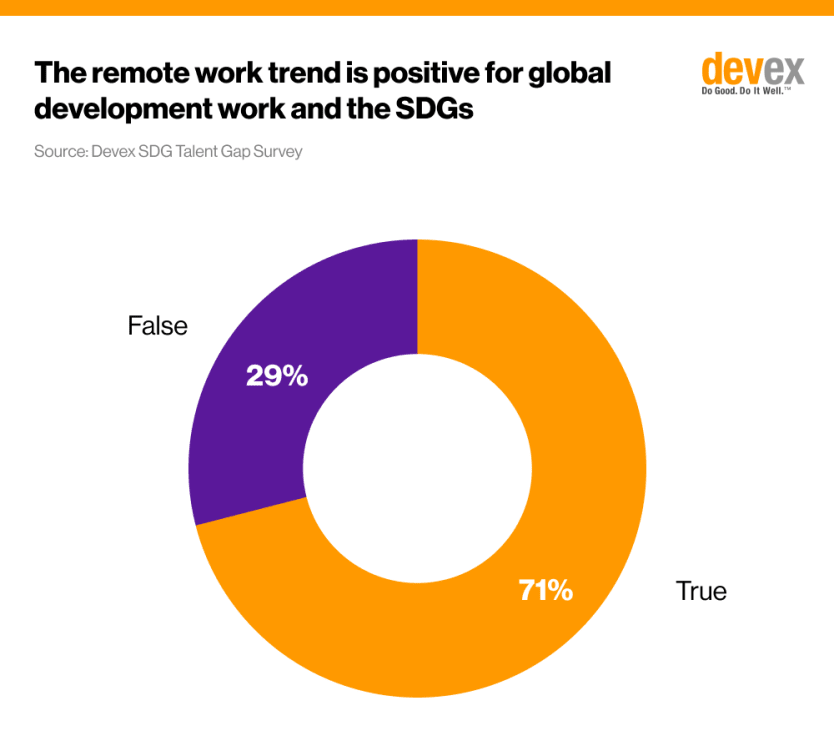
Join the conversation
Take our survey to let us know what you think. Is there an SDG talent gap and an opportunity to bridge it? Can the global development community lead the way? How can we expand the talent pool to connect organizations working on the SDGs with more of the skilled professionals they need?
Over the next several months, we’ll host conversations with members of the Devex community to learn more about what trends in careers with impact, localization, and remote work mean to development. We’ll take stock of progress on systemic change and what it really means to face the big challenges that are unique to our industry. We’ll discuss how it can translate to practical strategies employers, recruiters, professionals, and platforms like Devex can do to improve their efforts in achieving the SDGs.





